African upstart-- Zimbabwe Coffee producing area introduces the characteristics of Zimbabwe Coffee
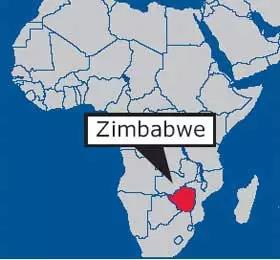
Zimbabwe, located in southern Africa, is a landlocked country not near the sea, right next to Mozambique. Zimbabwe only began to grow coffee in the early 20th century, but it was almost wiped out by insect pests around 1920. Since 1950, with the migration of coffee farmers from India and Kenya to Zimbabwe, Zimbabwe has the knowledge and technology to produce quality coffee. It was only when farmers in southern Africa set up coffee plantations around the 1960s that they slowly began to grow them on a large scale.
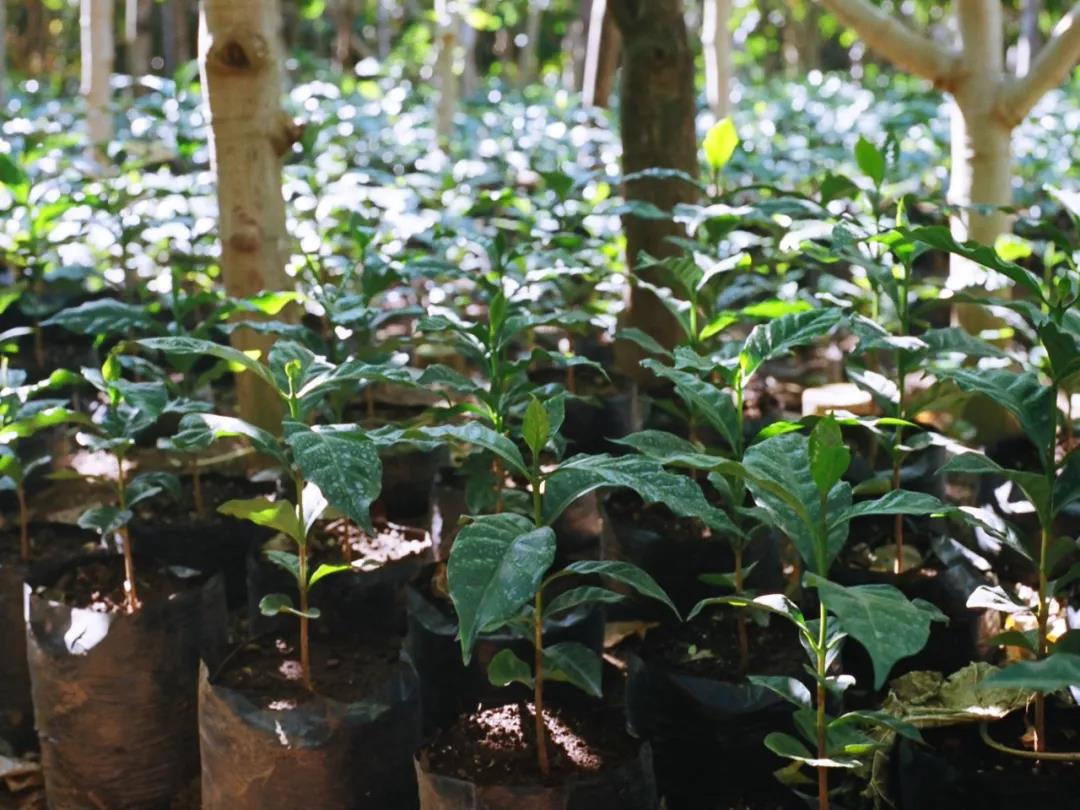
Coffee from Zimbabwe may be relatively rare now, but in fact, Zimbabwe used to produce about 15000 tons of high-quality coffee beans like Brazil, Kenya and Ethiopia. At the peak of coffee production in Zimbabwe, the coffee industry employed more than 20000 people, contributed more than 2 per cent of GDP and generated foreign exchange earnings of more than US $54 million. After 2000, due to political unrest and other reasons, Zimbabwe's coffee industry fell off a cliff.
Producing area
Coffee cultivation in Zimbabwe is mainly concentrated in the eastern highlands near Mozambique, which are mainly composed of the Chimanimani Mountains and the northward Nyanga Mountains, while the Nyanga Mountains are blocked by the Inyangani Mountains.
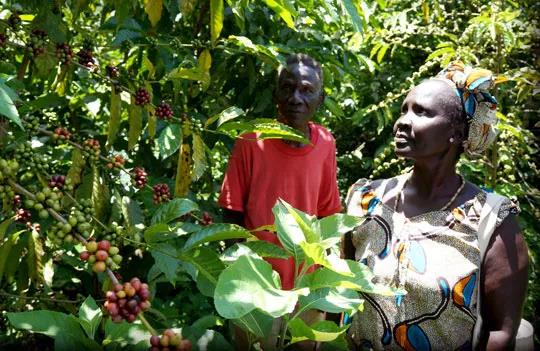
Zimbabwe's coffee is mainly produced in the provinces of Manicaland and Mashaonaland, bordering Mozambique, while the main areas of production are Chipinge and Mutare.
Marshonalan Mashaonaland
Located in a series of mountains in northern Zimbabwe near the Mozambican border, Mashonaland has a cooler, wetter climate and higher rainfall than other parts of Africa, and has a lot of fog and dew because of its proximity to the Indian Ocean.
Qipingjia Chipinge
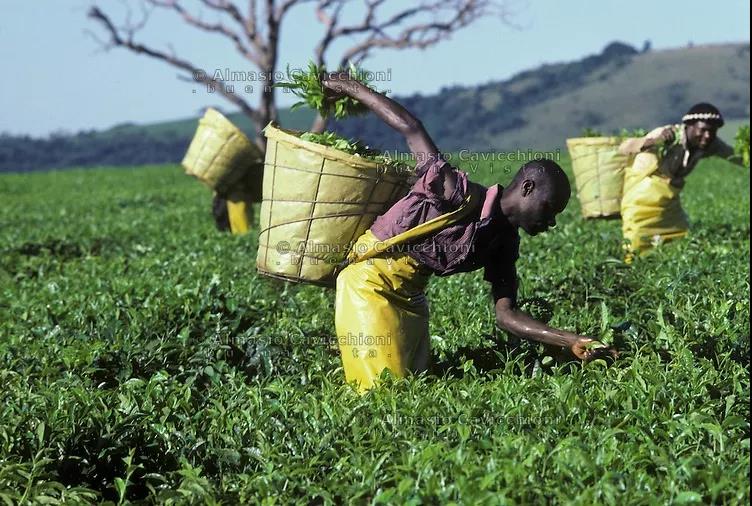
As an important birthplace of civilization in southern Africa, as early as the Middle Ages, the Shona established civilization here and created the large-scale ancient city of Great Zimbabwe Ruins in Zimbabwe. The name of Zimbabwe comes from the site of Greater Zimbabwe, where the unearthed Zimbabwe bird (Zimbabwe Bird) is also one of the symbols of the country.
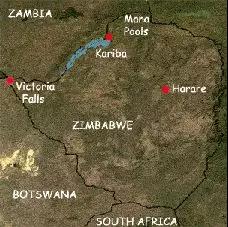
50 kilometers east from the ancient city, it produces the highest quality coffee beans in Zimbabwe and the Chipinga region with the highest output in the country. This eastern highland, made up of the Chimanimani and Nyanga mountains near the Mozambican border, has good soil conditions, high posters, perennial precipitation and all the conditions needed to grow high-quality coffee.
Treatment method
Water washing is the main method of coffee treatment in Zimbabwe.
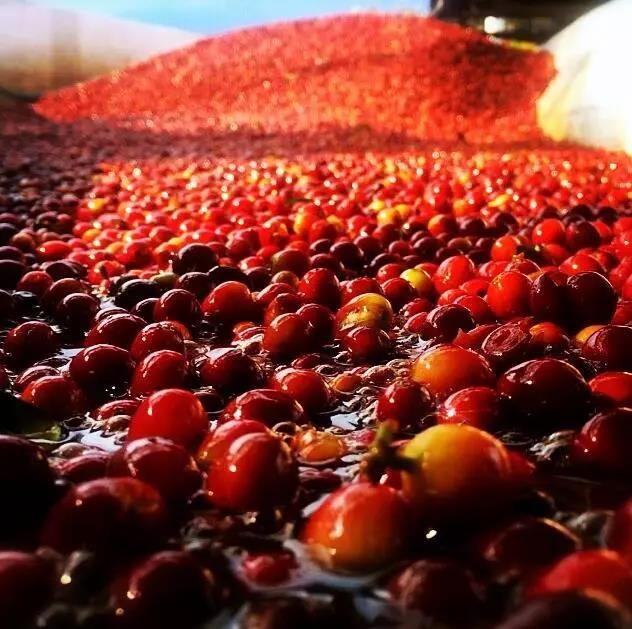
Selecting → to remove pulp → fermenting → washing → drying → shelling
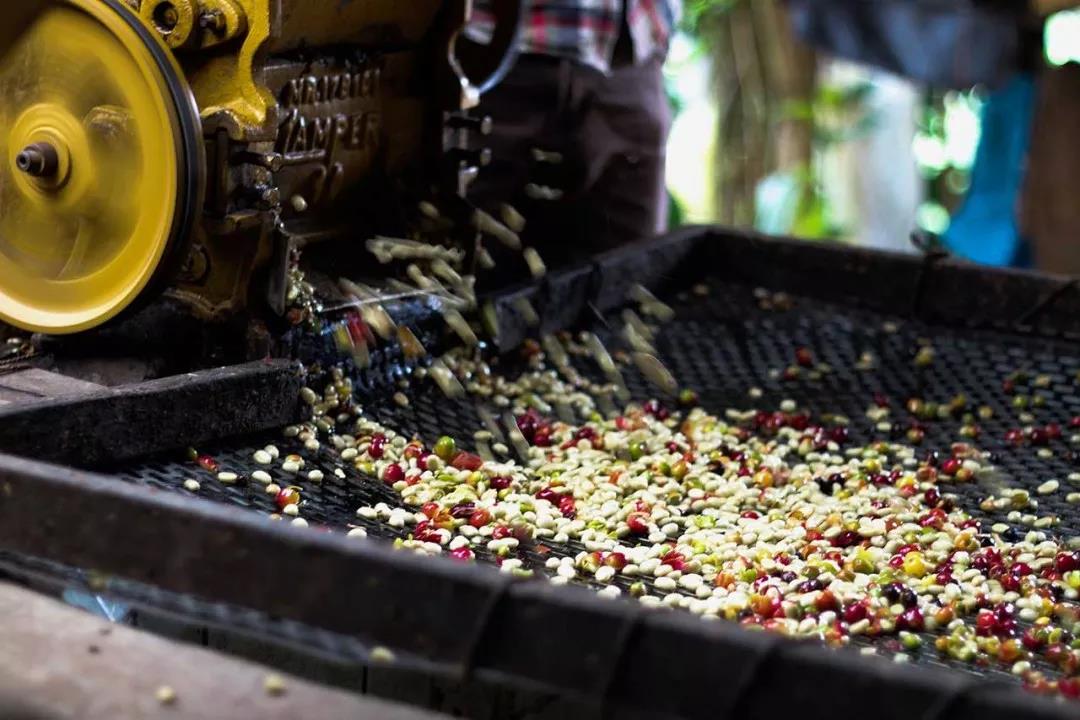
First, add a lot of water to the coffee cherry, rinse away the immature fruits and impurities floating on the surface, select beans, and then use a peeling machine to remove the peel and pulp. Then put it into the fermentation tank to ferment for 18 hours for 36 hours, make the fermentation bacteria dissolve the pectin on the surface of coffee cherries, wash it with clean water, dry it for 1-3 weeks, then dry it with a machine, and use a sheller to remove endocarp, peel, seed shell and silver film, which is quite cumbersome.
Variety
Katim (Catimor)
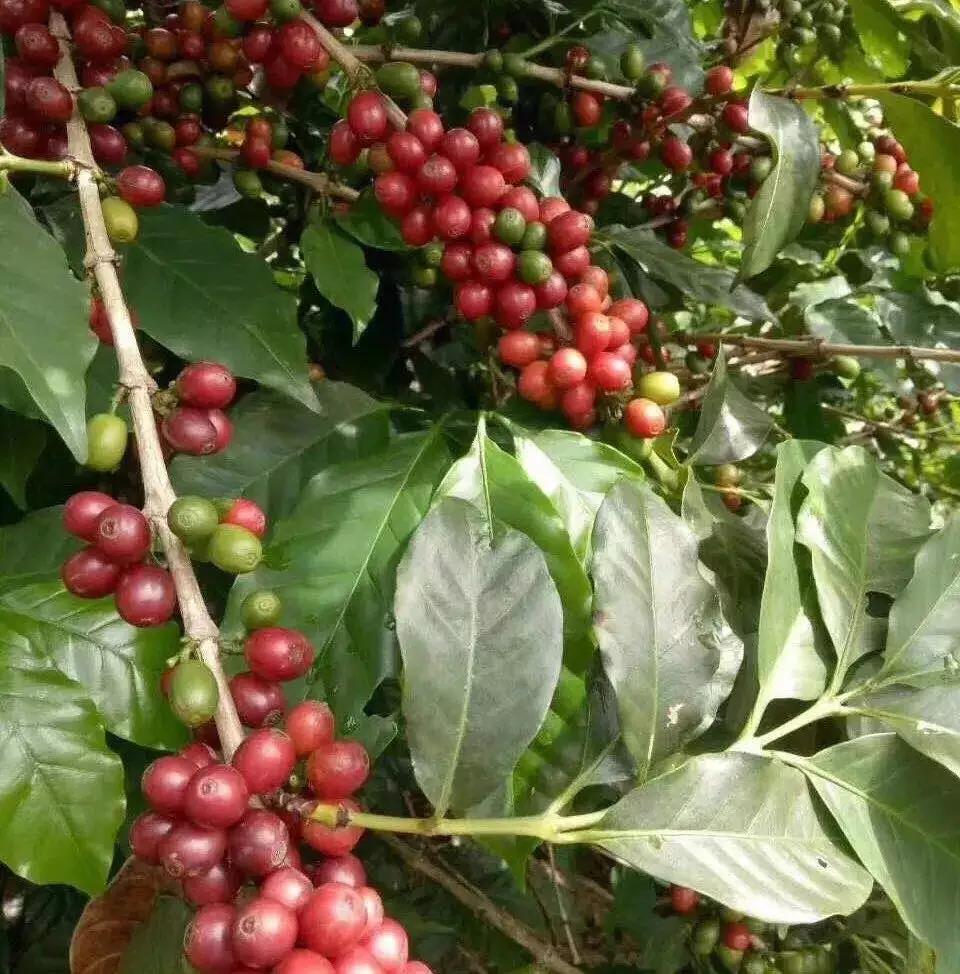
In 1959, the Portuguese hybridized Brazil Kaddura and Timo to produce Katim / Katimo with strong disease resistance.
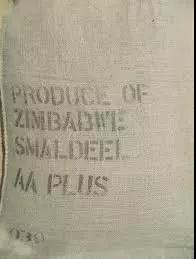
High-quality Zimbabwean coffee clubs mark "AA" in their bags and some with the words "Code 53" in their bags. In the United States, Zimbabwean coffee is generally circulated under the trademark "Zimbabwe Code 053", with occasional trademarks such as "Zimbabwe Chipinga", "Zimbabwe Rhodesia" and "Zimbabwe La Ruz".
Important Notice :
前街咖啡 FrontStreet Coffee has moved to new addredd:
FrontStreet Coffee Address: 315,Donghua East Road,GuangZhou
Tel:020 38364473
- Prev

The story of Rosa coffee is famous for the reason why it is so expensive.
For more information about coffee beans, please follow Coffee Workshop (Wechat official account cafe_style) = Rose Summer Road = Rose Summer Coffee originated in the Geisha Valley region of southwest Ethiopia in Africa. The local people have been growing coffee for centuries. 1936 Englishman Ri
- Next
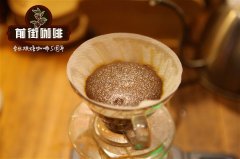
Sunny Ye Jia Xue Fei Red Cherry Shanmu Processing Plant Coffee Flavor Characteristics Introduction
Professional coffee knowledge exchange More coffee bean information Please pay attention to coffee workshop (Weixin Official Accounts cafe_style) Red Cherry Project will be the original classic [Ye Jia Xue Fei], to the ultimate boutique. Hand-picked by coffee farmers, carefully selected red coffee fruits, complete and ripe, full and thick, like bright rubies; let the roasted flowers and fruits aroma more
Related
- Detailed explanation of Jadeite planting Land in Panamanian Jadeite Manor introduction to the grading system of Jadeite competitive bidding, Red bid, Green bid and Rose Summer
- Story of Coffee planting in Brenka region of Costa Rica Stonehenge Manor anaerobic heavy honey treatment of flavor mouth
- What's on the barrel of Blue Mountain Coffee beans?
- Can American coffee also pull flowers? How to use hot American style to pull out a good-looking pattern?
- Can you make a cold extract with coffee beans? What is the right proportion for cold-extracted coffee formula?
- Indonesian PWN Gold Mandrine Coffee Origin Features Flavor How to Chong? Mandolin coffee is American.
- A brief introduction to the flavor characteristics of Brazilian yellow bourbon coffee beans
- What is the effect of different water quality on the flavor of cold-extracted coffee? What kind of water is best for brewing coffee?
- Why do you think of Rose Summer whenever you mention Panamanian coffee?
- Introduction to the characteristics of authentic blue mountain coffee bean producing areas? What is the CIB Coffee Authority in Jamaica?

